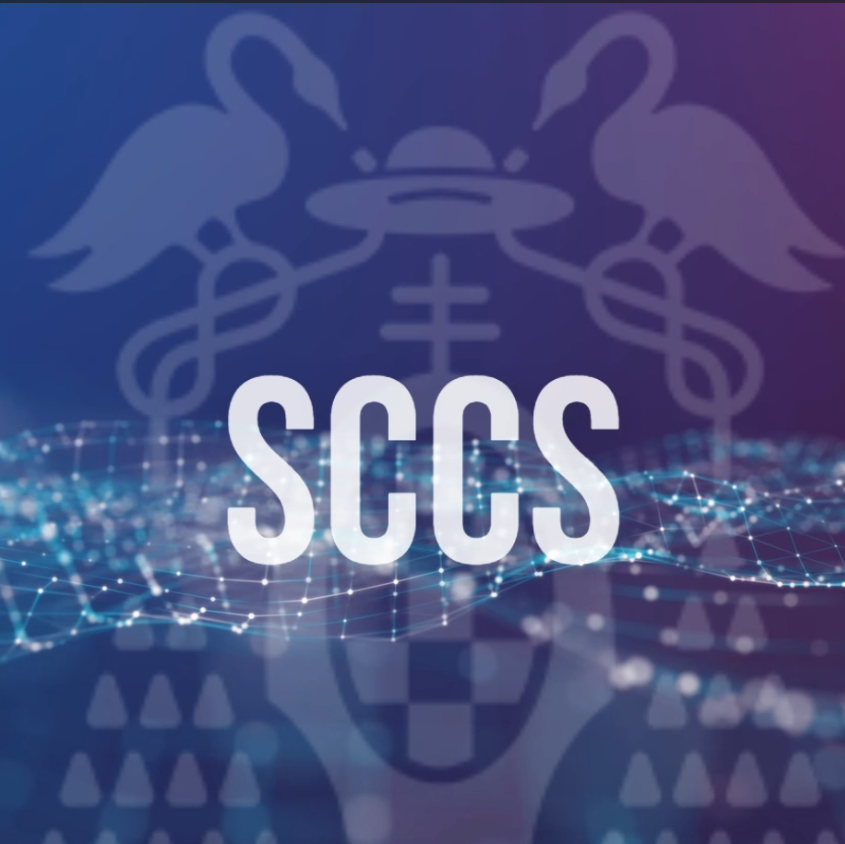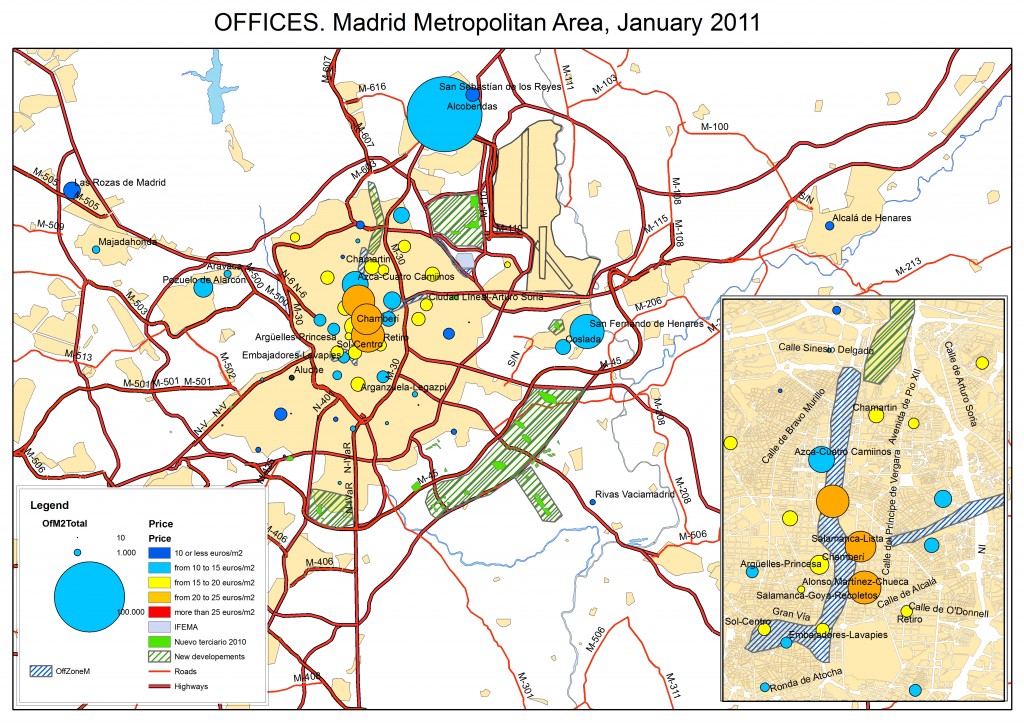Urban cities have become increasingly complex due to the growing interaction between the physical structures and socioeconomic factors complex. Additionally numerous subsystems also strongly interconectados as transportation, water supply or waste management arise.
The traditional focus on partial aspects is not suitable for analyzing and modeling a system of this type whose emergent behavior can not be described by a simple sum of the behavior of the parties. As USI says, understand the system of the entire city and the relationships between its components with high fidelity It is therefore crucial for urban planners, but it has also become increasingly difficult as the system gets bigger and more complex.
In these videos we can see the evolution of population and the price of houses in Madrid region.
“Atracción de talento, innovación y creatividad para el desarrollo inteligente de la ciudad- región de Madrid” (Ref. CSO2016-74888-C4-4-R)
CITiTALENT es un proyecto del Plan Nacional de I+D+i, correspondiente a la convocatoria “Retos para la Sociedad” 2016. El periodo de ejecución es diciembre 2016-diciembre 2020.
CITiTALENT forma parte del proyecto coordinado URBINN “Estrategias urbanas innovadoras en un contexto de cambio: espacios de calidad de vida y desarrollo inteligente”, donde participan la Universidad de Valencia, la Universidad Autónoma de Barcelona, la Universidad de Zaragoza y la Universidad Complutense de Madrid.
Las siguientes entidades apoyan el proyecto: Ayuntamiento de Madrid- Subdirección general de Análisis Socioeconómicos, Medialab-Prado, Factoría Cultural / Vivero de Industrias Creativas y “Colaboratorio Acacias”- Cooperativa Maia Gestión de Espacios colectivos. S.coop.mad.
Contributions
Taltavull de la Paz, P. y Pablo-Martí, F. (2014) “Building Activities in Barcelona and Madrid Metropolitan Areas” en (Nozeman, F. y Van der Vlist, A.J., eds.) European Metropolitan Commercial Real Estate Markets. Chapter 4, págs..: 71-101. Springer.

